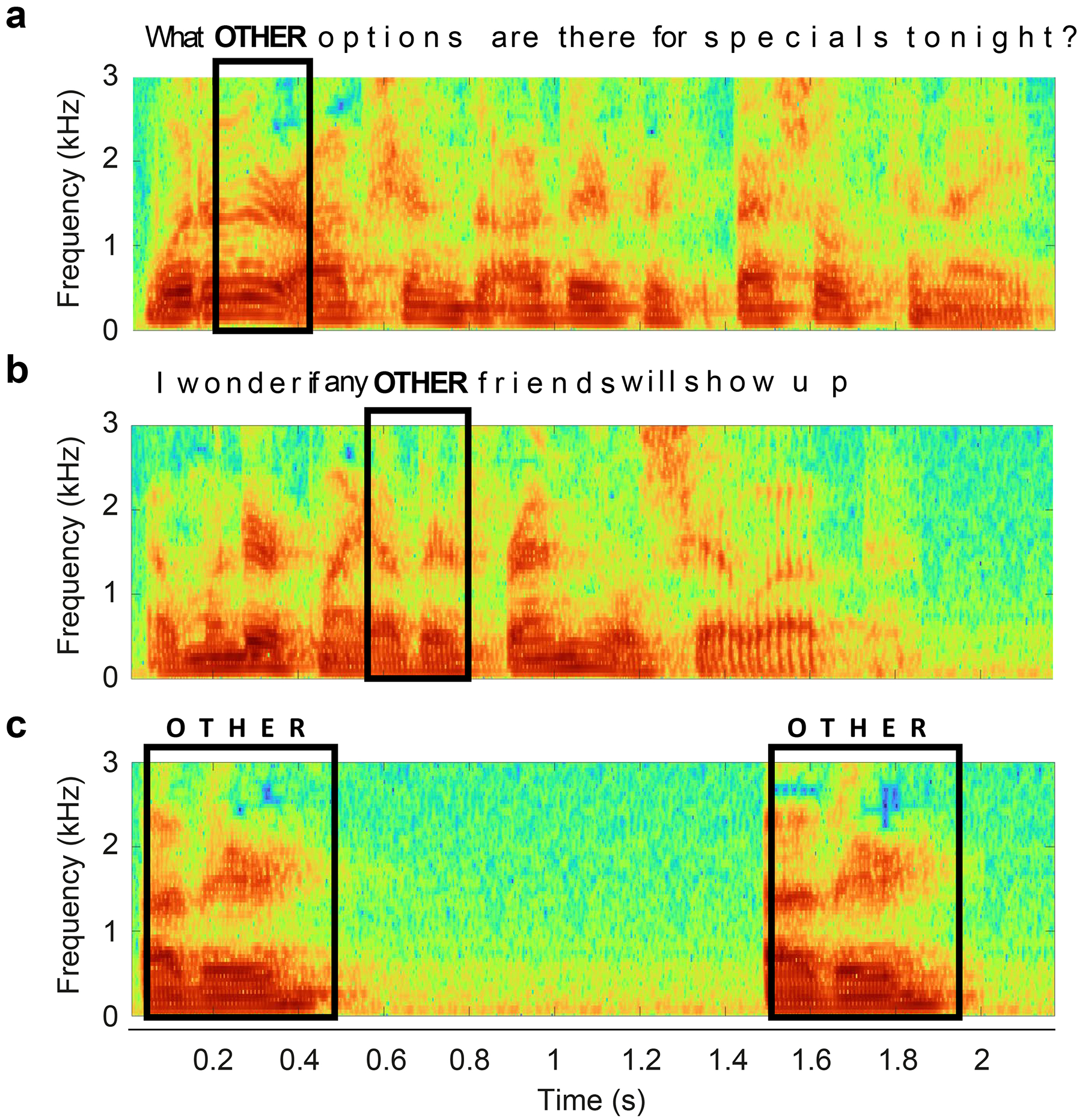Figure 2. Context-dependent variability of behavior, demonstrated by co-articulation of speech.

The formant frequency representation for single words (‘other’) can change dramatically in different sentences (A,B) and be distinct when spoken in isolation (C). This context dependence, and the contrast between natural context and repeated trials in isolation, is also mirrored in the sensory domain. For example, in vision an edge at a given orientation can appear in many different visual contexts, and such stimuli within natural scenes evoke different responses than the standard repeated presentation of a similar stimulus in isolation55,56.
